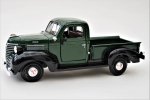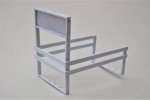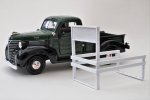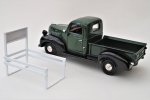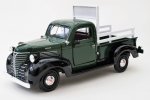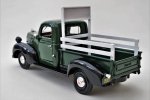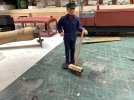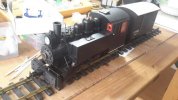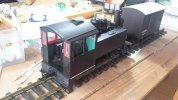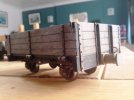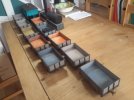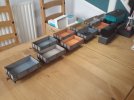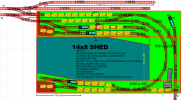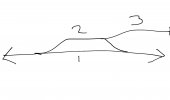Well Jasper, you did ask! this is my plan for the shed. I made the "mistake" of purchasing AnyRail a year or two ago and I have had much fun developing this. As I am close to binning work after 43 years on and off, (well I say work, being employed) I have decided against just sitting in front of the television until they come for me and try to do something constructive.
Tentitive operation: Two trains will arrive from the rest of the world, via the garden circuit, over the 90 degree crossing. These will serve the gasworks and the electrical engineering works adjacent. The E/Eng will be supplied via a wagon turntable and a loading dock to the left of it. Gasworks require mainly coal, but they supplied loads of different products so I can try to make operations as complex as possible for interest. The line will be treated as an end to end with the crossover #10 OOU unless there is a live steamer running. the shunting puzzle per se has yet to be designed, but I have tried to plan ahead with painting the wagons. After much messing about and tying myself in knots, two trains will depart to the rest of the world. Thats as far as I have got.
Years ago, I was a shunter on the real railway. I remember it fondly as easily the most enjoyable job I ever had. Hence my desire to repeat the experience now I have time.
As I am the wrong side of 30, by a significant margin, the track will be raised. I still have loads of things to think about but this is the start. I hope thats answered your question!
View attachment 272390

